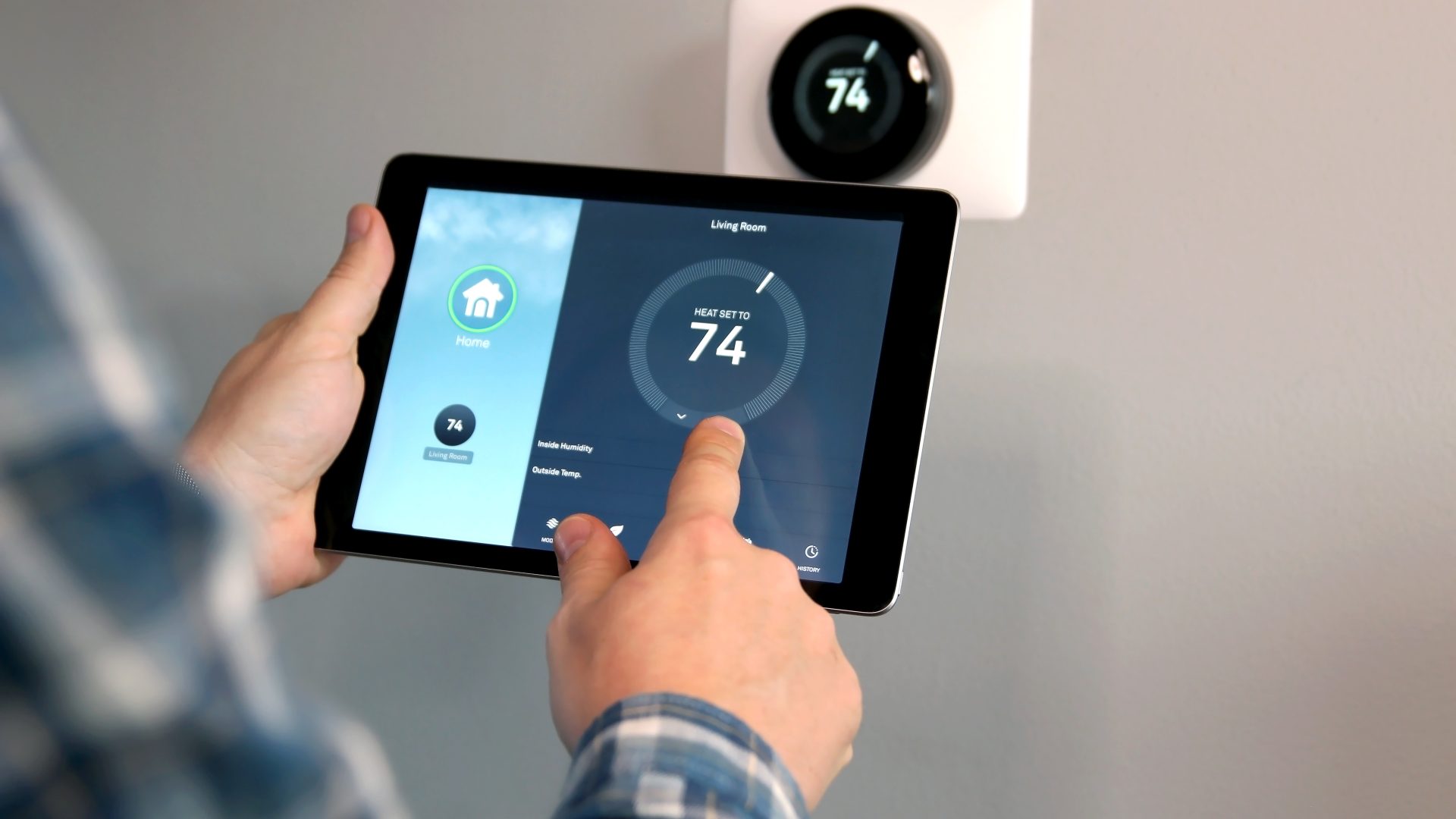 Like many people, fall could be your favorite season of the year. After all, this is a time of warm, hearty soups, breads, and stews, crackling logs in the fireplace, and cooler, milder temperatures. Given that frost, ice, and snow have yet to hit the ground in most areas, it’s additionally a time of relatively easy driving. Unfortunately, fall is also a season with a number of serious indoor air quality (IAQ) issues. Whether the interior of your Texas home is plagued with excessively dry, dusty air, or loaded with airborne contaminants, the following four tips are guaranteed to help.
Like many people, fall could be your favorite season of the year. After all, this is a time of warm, hearty soups, breads, and stews, crackling logs in the fireplace, and cooler, milder temperatures. Given that frost, ice, and snow have yet to hit the ground in most areas, it’s additionally a time of relatively easy driving. Unfortunately, fall is also a season with a number of serious indoor air quality (IAQ) issues. Whether the interior of your Texas home is plagued with excessively dry, dusty air, or loaded with airborne contaminants, the following four tips are guaranteed to help.1. Change Out Your HVAC Air Filter
The first step in mitigating many common fall-time IAQ issues is changing your HVAC air filter. If your HVAC system is used on a daily basis, filter changes should be done once each month. During fall, you may even want to start using an air filter that’s rated for capturing and collecting a greater number of airborne contaminants and particulates. Air filters are given minimum efficiency reporting value (MERV) ratings of one to 16. Filters rated above 13 are typically reserved for hospital settings, medical labs, and other similar environments. Choosing an option with a rating of 10 to 12 will ensure that the maximum amount of allergens and contaminants are being picked up and retained.
Air filter performance is especially important during the months of fall and winter. Throughout these seasons, people are spending far more time in the home and with all windows and doors sealed shut. Air filters should be able to capture dirt, dust, pet dander, pollen, and any other organic particulates that get tracked into the home. They should also be able to collect residues from any cleaning agents and other sanitizing or deodorizing products that are being distributed throughout the closed space.
2. Schedule Fall HVAC Tune-Up Service
There are many benefits to having your HVAC system tuned up during the fall. Your heating and cooling equipment will work reliably and far more efficiently. It’s important to note that fall isn’t always a progressively cooler season. Temperatures can toggle between moderately cool and moderately warm. As such, you may need your air conditioner on some days and your heater on others. Both should be in good working order.
When it comes to protecting your IAQ, the functionality and performance of your HVAC system definitely matter. This equipment doesn’t just regulate temperatures. It also helps filter or purify the indoor air and regulate humidity. Although the indoor air is often drier in Texas homes during the fall, more indoor cooking and constant indoor entertaining can also lead to dramatic increases in humidity. With a tune-up, you can make sure that your HVAC system is able to extract excess humidity as needed so that common, fall-time woes like mold spore development don’t occur.
3. Take It Easy With Your Fireplace
Who doesn’t enjoy the relaxing, crackling, and popping sounds of a real wood fire? Although building a fire in your fireplace is a sure way to create a cozy ambiance in your home, it’s also guaranteed to drop your IAQ significantly. This remains true even if you’ve recently had your flue cleaned and have burned a few creosote-clearing logs. If you have to have a real wood fire, consider setting up a fire pit in your backyard. Replace your indoor wood-burning fireplace with a gas-fired model. There are many gas-fired options with natural-looking logs. In fact, some even make the distinctive snapping and popping sounds of actual burning wood.
It’s also a good idea to limit the number of candles you burn indoors during a season in which windows and doors are typically sealed shut. Like real wood fireplaces, candles are great at creating a desirable ambiance, but they additionally diminish a home’s IAQ. Look for flameless, battery-powered candles instead. In addition to having a convincing look, flameless candles aren’t a fire hazard.
4. Consider Investing in IAQ Services and Equipment
If you have someone living in your home with a chronic respiratory condition or if your air quality is consistently low, consider having a whole-house air purifier installed. This unit will effectively supplement the work that your HVAC air filter does. To combat dry air, consider the benefits of a humidifier. Regulating humidity will create cleaner and more comfortable living conditions. It can additionally prevent problems like condensation at the windows, moldy and mildewed carpeting and drapes, and many other moisture-related damages throughout the building.
Every home has its own unique air quality concerns, especially during the months of fall. At Texas Air Authorities, we offer a comprehensive range of heating and air conditioning services to residents of the greater Arlington, TX, area. We also provide air purification services, humidifiers, dehumidifiers, and advanced air filtration equipment. Call us today to schedule a consultation appointment.
The post How to Mitigate the Most Common Indoor Air Quality Problems in Fall appeared first on Texas Air Authorities | www.texasairinc.com.
Texas Air Authorities is the premier choice for HVAC services in Arlington. With a team of highly trained and certified technicians, we have the expertise to handle all of your heating, ventilation, and air conditioning needs. Our commitment to customer satisfaction is unmatched, and we always go above and beyond to ensure that your experience with us is positive. We use only the highest quality parts and equipment to ensure that your HVAC system is running at peak performance. Plus, we offer competitive pricing and flexible scheduling to fit your needs. Choose Texas Air Authorities for all of your HVAC needs in Arlington.
